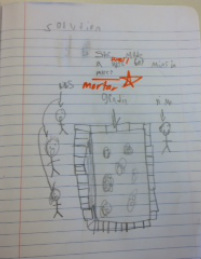 "She made a wall by mixing mortar."
"She made a wall by mixing mortar." First graders also had the chance to build some of their own walls with a man-made material. After building their walls, they did two tests. The first test was the "hop test." Could a bunny (spring toy) jump over the wall and still get to the garden? And the second test was a "crash test." Could a bunny (wooden car) run into the wall and knock it down? Did the way we put the Legos make a difference in our tests? Way to go materials engineers!
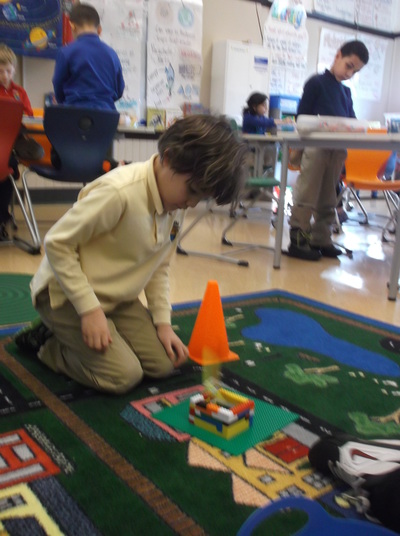
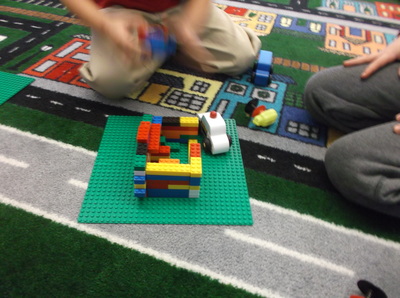
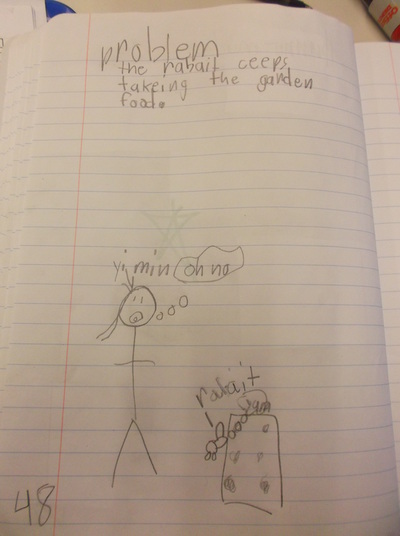
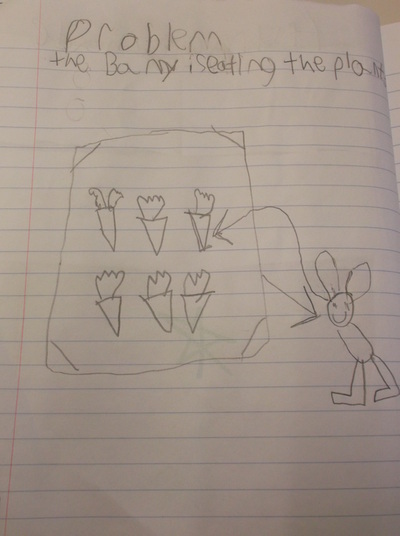
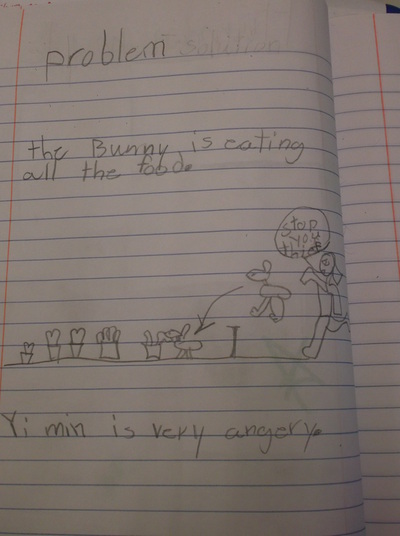
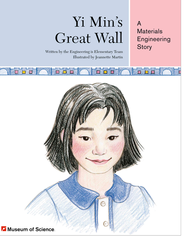
 RSS Feed
RSS Feed